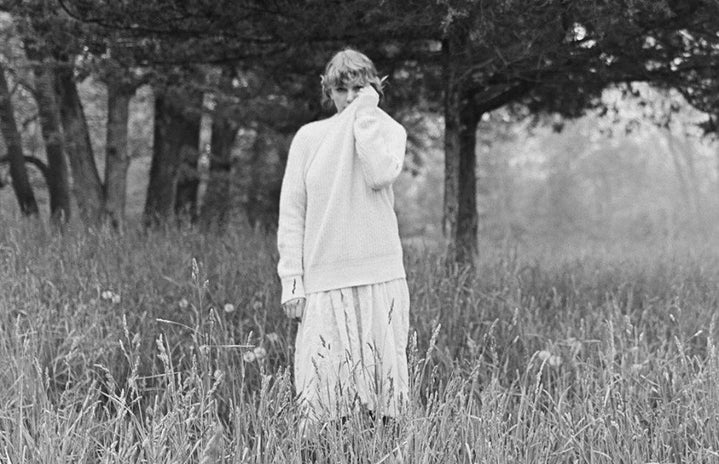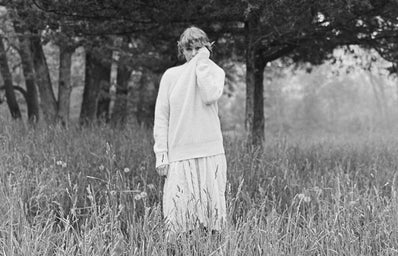Everyone knows Taylor Swift. You may be just a bit familiar with her songs. Very few, however, know about the inspiration behind her songwriting, particularly from albums like ‘Folklore’ and ‘Evermore’.
Described as “sister” albums by Swift, they were released in July 2020 and December 2020, respectively. Swift wrote them in lockdown throughout the COVID-19 pandemic. They contain stories of growth and how we can connect to nature. Since moving to St Andrews, this has really resonated with me. Swift’s storytelling is familiar; we can all relate and feel understood by these albums. What’s more, Swift references well known literary works such as ‘Jane Eyre’ by Charlotte Brontë and ‘Rebecca’ by Daphne du Maurier.
‘Jane Eyre’ follows a young woman from childhood into early adulthood where she works as a governess and falls in love with her employer, Mr Rochester. It is a Gothic story, which blurs the past and present with the supernatural and the uncanny. In Swift’s two albums, the songs can feel deeply haunting, not just through her lyrics, but also through her long and slow instrumentals. During the song ‘Invisible String’, Swift sings: “And isn’t it just so pretty to think, all along there was some invisible string, tying you to me?” Similarly in ‘Jane Eyre’, Mr Rochester says: “It is as if I had a string somewhere under my left ribs, tightly and inextricably knotted to a similar string situated in the corresponding quarter of your little frame.” The concept of soulmates is subverted into something quite terrifying. In contrast, Taylor’s statement is more wholesome. And yet, there is still some frightening imagery lingering in this song.
Further lyrics: “Time, mystical time” and “Cutting me open, then healing me fine” have Gothic connotations, as does the disturbing imagery. There are further connections to ‘Jane Eyre’, as a decade of Jane’s life “cuts” her open repeatedly, and then “heals” her as she grows into a mature woman. This sense of storytelling is evident throughout ‘Folklore’ and ‘Evermore’. Swift’s songwriting tends to be personal, and yet, in these two albums, she fuses with the impersonal.
‘Rebecca’ is similar to ‘Jane Eyre’ as it follows a young woman’s growth into adulthood and her marriage to an older, recently widowed man. She struggles with inadequacy and insecurity whilst inhabiting her husband’s lonely mansion, Manderley, where reminders of his charismatic, beautiful dead wife, Rebecca, are all around. Swift revealed that ‘Tolerate It’ is inspired by ‘Rebecca’. In the lyrics, she sings: “You’re so much older and wiser, and I wait by the door like I’m just a kid, use my best colours for your portrait.” Similarly, in ‘Rebecca’, the young woman reflects that: “I wished he would not always treat me as a child, rather spoilt, rather irresponsible, someone to be petted from time to time.” Throughout the novel, the young woman is infantilised by her husband, who, in his neglect of her, reminds her of her inferiority. Swift felt this, stating that: “There was a part of me that was relating to that, because at some point in my life, I felt that way.” Storytelling, for Swift, validated her feelings. In writing ‘Tolerate It’, she was able to connect with ‘Rebecca’. Like her references to ‘Jane Eyre’, she adds a deeper dimension to these stories.
‘Folklore’ and ‘Evermore’ feel so deeply familiar, not just because of their perceptive lyrics, but because they have connections to past literature. These are the perfect albums for autumn, encouraging us to reflect and find our own personal connections to the stories. After all, isn’t that what folklore is all about?


